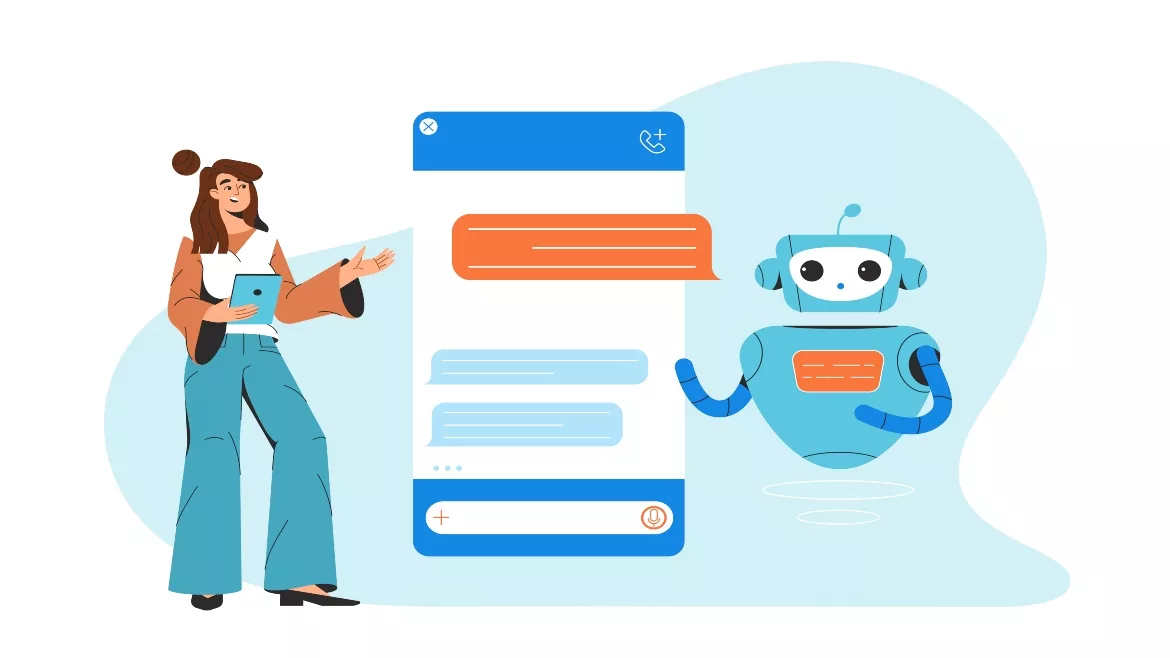Beware of chat apps: Your security and brand reputation are on the line

Image via Freepik
As consumers spend more time online, scams and fraud are rising. In 2021, the Federal Trade Commission (FTC) received fraud reports from more than 2.8 million consumers, amounting to more than $5.8 billion lost to fraud. Now, more than ever before, bad actors are deploying fraud techniques such as phishing emails, texts, and other social engineering scams to put consumers’ personal information at risk and create further distrust between companies and consumers.
These scam messages are delivered across various communications channels, including text, email, telephone, and social media. With people continuing to interact with businesses digitally, fraudsters are looking to new avenues, like messaging apps, to access consumer data. Fraudsters cleverly pose as a trusted brand or retailer and trick consumers into sharing their personal information, which can negatively impact that brand’s reputation and how consumers view the organization. In fact, according to the same FTC report, 37% of Americans reported a decrease in trust with retailers after receiving a scam message from a fraudster pretending to be the brand.
Given the proliferation of scams across communication channels, retailers must address this issue by putting online security at the forefront of building consumer trust and loyalty in an increasingly competitive landscape. These security measures may be delivered in a variety of ways, but by relying on behavioral biometrics and authenticating customers at key points throughout the user journey, businesses can develop an understanding of a person’s digital identity while successfully mitigating security risks, protecting customer data and maintaining a customer’s trust.
The rise of chat apps
People are using apps, more specifically chat apps, to contact businesses and shop online, and fraudsters are taking note, which makes these channels an easy target. Chat apps are particularly risky because fraudsters can manipulate the technology to gain access to customer data. Illustrating this point, 24% of consumers report having already received a scam message via a messenger app.
Decreasing customer trust
Customer data is not the only thing on the line, as fraudsters utilize chat apps for scams. Businesses’ reputations are at risk too.
Nearly two-fifths of Americans distrust brands after receiving a scam message from a fraudster masquerading as a company representative. Although there are financial implications that most businesses can recover from, retaining customers who feel they are not protected online is a much harder task. Additionally, businesses must consider how chat app scam messages affect the overall user experience, including customer abandonment of applications, enrollment, and transactions. If anything risky is sensed along the customer journey, it can deter people from following through with an interaction.
Layering helps businesses authenticate identity
The best way for businesses to protect themselves and their customers is by utilizing multiple, layered security measures that verify customers at key interaction points.
When it comes to traditional authentication tools, the password and one-time passwords sent via text message are low-fidelity measures. While they might be relatively quick and easy to implement, they don’t allow businesses to truly validate the visitor’s identity digitally.
Through layering in additional, non-intrusive measures such as behavioral biometrics, businesses can create a more complete, holistic picture of a customer’s identity and online behavior by looking at how they hold, swipe and interact with their computers, phones or tablets. Customer behavior is much more difficult for a fraudster to replicate. Since it is more difficult for fraudsters to mimic behaviors, businesses will be better equipped to stop them and usher the true user onward.
These tools are non-intrusive because they can work in the background without disrupting the customer journey, so businesses can build trust while delivering frictionless and secure customer experiences. Unlike other identity authentication measures, behavioral biometrics can also preserve privacy, as data can be obfuscated but still allow an individual’s identity to be verified without collecting personal information.
Businesses must take account of the role that messaging apps play as their use increases among consumers. With fraudsters capitalizing on this trend, there is little room for error.
Digital identity authentication must be at the core of our connected lives. Without this, businesses open themselves and their customers to fraud, damaged reputation and decreased customer loyalty.
Looking for a reprint of this article?
From high-res PDFs to custom plaques, order your copy today!





